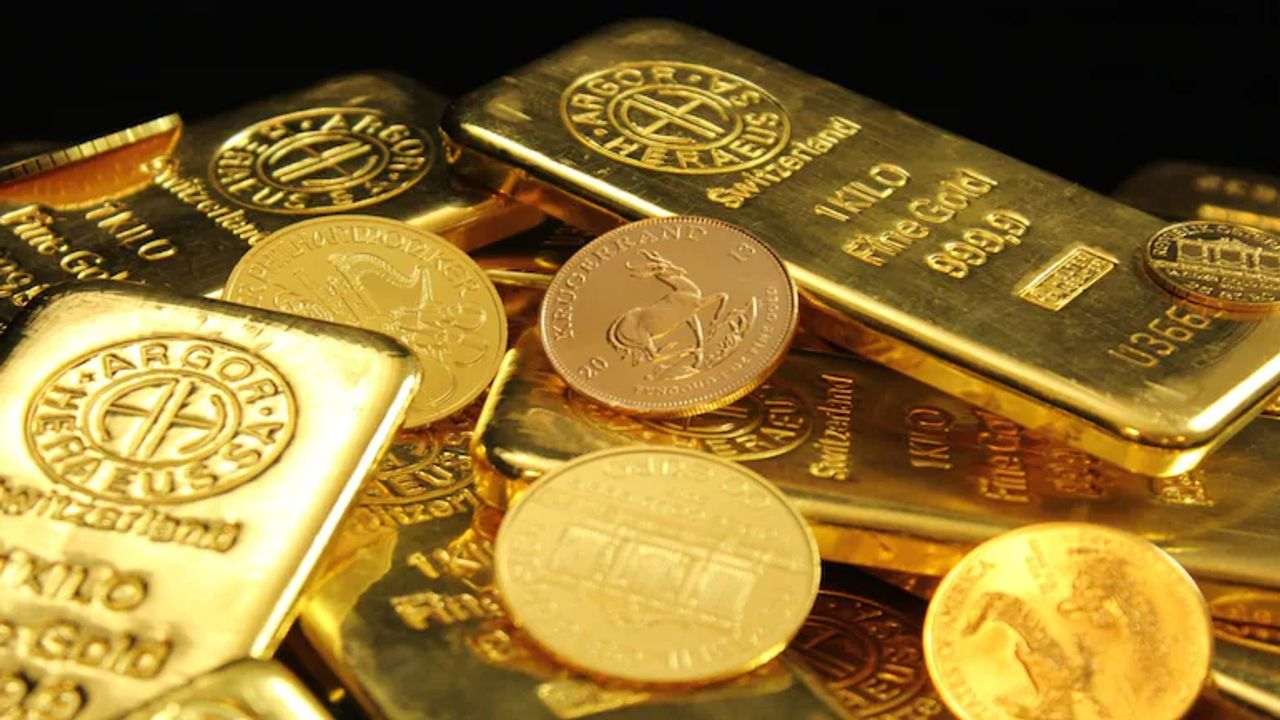Commodities
Gold prices as of today rose to $1,800 an ounce amid Pelosi’s visit to Taiwan

Gold prices as of today during trading on the Comex exchange (a division of the New York Mercantile Exchange) for the first time since July 5, rose above $1,800 an ounce. Information about this follows from trading floor data.
The precious metal was up 0.94% to $1,804.5 per troy ounce at 3:34pm At the same time, silver price was at $20.46 per troy ounce (+0.46%) during trading on the Comex.
By 6:22pm, gold started decreasing in price and already cost $1,794.4 per troy ounce. Silver was traded by that time at $20.29 per troy ounce.
Bloomberg attributed the rise in gold prices to investors’ desire to invest in protective assets amid geopolitical tensions. The agency connected what is happening in the market with the visit of U.S. House Speaker Nancy Pelosi to Taiwan – a partially recognized state in East Asia.
Earlier, it was reported that U.S. House Speaker Nancy Pelosi would arrive in Taipei on Tuesday night. China has promised to take “tough and decisive measures” in this case.
Commodities
Oil prices rise; U.S. crude inventories plunge, Russia-Ukraine truce eyed
Commodities
India’s Reliance to stop buying Venezuelan oil over US tariffs, sources say
Commodities
Oil prices climb on Venezuela supply worries

 Forex3 years ago
Forex3 years agoForex Today: the dollar is gaining strength amid gloomy sentiment at the start of the Fed’s week

 Forex3 years ago
Forex3 years agoUnbiased review of Pocket Option broker

 Forex3 years ago
Forex3 years agoDollar to pound sterling exchange rate today: Pound plummeted to its lowest since 1985

 Forex3 years ago
Forex3 years agoHow is the Australian dollar doing today?

 Cryptocurrency3 years ago
Cryptocurrency3 years agoWhat happened in the crypto market – current events today

 World3 years ago
World3 years agoWhy are modern video games an art form?

 Commodities3 years ago
Commodities3 years agoCopper continues to fall in price on expectations of lower demand in China

 Economy3 years ago
Economy3 years agoCrude oil tankers double in price due to EU anti-Russian sanctions

























